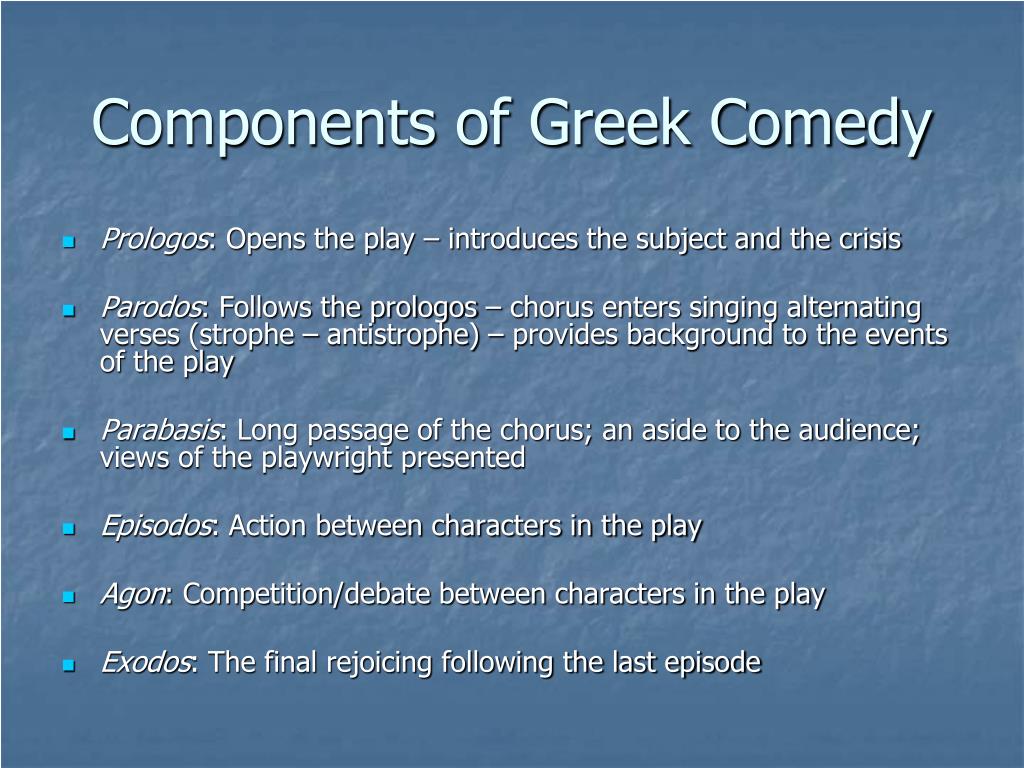

Composers such as Purcell, Händel and Boyce all set English odes to music.Oedipus Rex Background Ancient Greek Theater and Tragedy The English ode's most common rhyme scheme is ABABCDECDE.Ĭenturies were occasionally set to music. Ode on a Grecian Urn, while an ekphrasis, also functions as an ode to the artistic beauty the narrator observes. In an interview, Auden once stated that he had intended to title the poem My Silver Age in mockery of England's supposed imperial golden age, however chose Ode as it seemed to provide a more sensitive exploration of warfare. Auden also wrote Ode, one of the most popular poems from his earlier career when he lived in London, in opposition to people's ignorance over the reality of war. One major exception is the fourth verse of the poem For the Fallen by Laurence Binyon, which is often known as The Ode to the Fallen, or simply as The Ode. After Keats, there have been comparatively few major odes in English. Perhaps the greatest odes of the 19th century, however, were Keats's Five Great Odes of 1819, which included " Ode to a Nightingale", " Ode on Melancholy", " Ode on a Grecian Urn", " Ode to Psyche", and " To Autumn". Shelley's Ode to the West Wind, written in fourteen line terza rima stanzas, is a major poem in the form. Others also wrote odes: Samuel Taylor Coleridge, John Keats, and Percy Bysshe Shelley who wrote odes with regular stanza patterns. (Excerpt from Wordsworth's Intimations of Immortality)Īround 1800, William Wordsworth revived Cowley's Pindarick for one of his finest poems, the Intimations of Immortality ode. The Soul that rises with us, our life's Star, Our birth is but a sleep and a forgetting: The things which I have seen I now can see no more. There was a time when meadow, grove, and stream, Like the lyric, an ode is of Greek origin. It is a lyric in an elaborate form, expressed in a language that is imaginative, dignified and sincere.

It conveys exalted and inspired emotions. Irregular odes use rhyme, but not the three-part form of the Pindaric ode, nor the two- or four-line stanza of the Horatian ode. Horatian odes follow conventions of Horace the odes of Horace deliberately imitated the Greek lyricists such as Alcaeus and Anacreon. Pindaric odes follow the form and style of Pindar. There are three typical forms of odes: the Pindaric, Horatian, and irregular. The primary instruments used were the aulos and the lyre (the latter was the most revered instrument to the ancient Greeks). As time passed on, they gradually became known as personal lyrical compositions whether sung (with or without musical instruments) or merely recited (always with accompaniment). Greek odes were originally poetic pieces performed with musical accompaniment.

Different forms such as the homostrophic ode and the irregular ode also enter. A classic ode is structured in three major parts: the strophe, the antistrophe, and the epode.

It is an elaborately structured poem praising or glorifying an event or individual, describing nature intellectually as well as emotionally. For other uses, see Ode (disambiguation).Īn ode (from Ancient Greek: ᾠδή, romanized: ōdḗ) is a type of lyrical stanza. This article is about the form of lyrical verse.


 0 kommentar(er)
0 kommentar(er)
